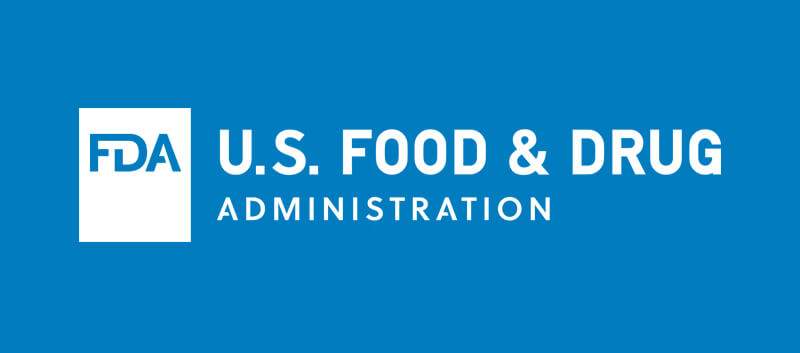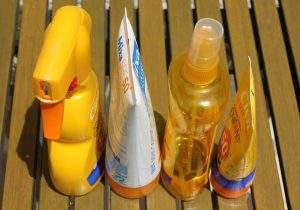FDA Proposes Market-Altering Sunscreen Rule
On February 21, 2019 the Federal Food & Drug Administration announced a groundbreaking proposed rule that would update the regulatory requirements for sunscreen products – and drastically alter the state of the current U.S. sunscreen market.
The proposed Sunscreen Drug Products for Over-the-Counter Human Use rule aims “to put into effect a final monograph for nonprescription, over-the-counter (OTC) sunscreen drug products.”

Additionally, the new rule is “is aimed at bringing non-prescription, over-the-counter (OTC) sunscreens that are marketed without FDA-approved applications up to date with the latest science to better ensure consumers have access to safe and effective preventative sun care options,” according to the official press release.
For sunscreen manufacturers, this proposal could have huge implications for new product formulations, labeling, and the market. Specifically, the Sunscreen Drug Products for Over-the-Counter Human Use rule would have 4 key proposed changes for sunscreens marketed without FDA-approved applications:
Proposal #1: Assessment of active chemical ingredients
The newly proposed sunscreen rule by the FDA is garnering the most attention first and foremost for a proposed “rigorous assessment” of the safety of currently marketed active chemical sunscreen ingredients by dermatologists, scientists, industry experts, and the FDA.
Currently, there are 16 active ingredients used in sunscreens products available on the market. Under the newly proposed rule, he ttwo ingredients zinc oxide and titanium dioxide, would be generally recognized as safe and effective (GRASE) for use in sunscreens. Two other ingredients, PABA and trolamine salicylate, would not be recognized as GRASE for use in sunscreens.
The remaining 12 active ingredients have “insufficient safety data to make a positive GRASE determination at this time,” and would be assessed for safety by the FDA, using data offered by industry and interested parties.
“The FDA is working closely with industry and has published several guidances to make sure companies understand what data the agency believes is necessary for the FDA to evaluate safety and effectiveness for sunscreen active ingredients, including the 12 ingredients for which the FDA is seeking more data.” – FDA News Release, “FDA advances new proposed regulation to make sure that sunscreens are safe and effective”
Proposal #2 Changes to SPF
The Sunscreen Drug Products for Over-the-Counter Human Use rule could also shake up SPF statements on sunscreen products.
The SPF, or Sun Protection Factor, on a sunscreen product is a measure of how well a product will protect skin from skin-damaging UVB rays. Or, as the Skin Cancer Foundation explains SPF, “If it takes 20 minutes for your unprotected skin to start turning red, using an SPF 15 sunscreen theoretically prevents reddening 15 times longer — about five hours.”
Under the newly proposed Sunscreen Drug Products for Over-the-Counter Human Use rule the FDA would raise the maximum SPF labeling on products to 60+ SPF.
The proposed rule would raise maximum SPF labeling to 60+ SPF.
Proposal #3 Updates to GRASE product formats
The third big impact of the FDA’s newly proposed rule involves GRASE sunscreen formats, as only the following forms of sunscreen would be considered GRASE:
Sprays
- Oils
- Lotions
- Creams
- Gels
- Butters
- Pastes
- Ointments
- Sticks
Meanwhile, sunscreen shampoos, conditioners, towelettes, body washes, and soaps, wipes, and other, newer sunscreen formats would become “proposed to be categorized as new drugs because the FDA has not received data showing they are eligible for inclusion in the monograph.”
Sunscreen powders would be eligible for inclusion as a GRASE format, only after the FDA reviewed additional data.
Proposal #4 Updates to product labels
Finally, the proposed regulation would also mandate changes in sunscreen product labeling. Under the proposed rule, sunscreen manufacturers would need to ensure that the active ingredients in a formulation are listed on the front of a product label.
Additionally, manufacturers would be required to create clearer formats for statements regarding:
- SPF
- Broad spectrum claims
- Water resistance
The next steps?
Formulators and manufacturers are waiting, obviously, for the outcome of this process. As of today, the FDA is seeking public comment on this newly proposed rule for the next 90 days. To review the entirety of the proposed Sunscreen Drug Products for Over-the-Counter Human Use rule or to add a comment, click here.

 Sprays
Sprays




